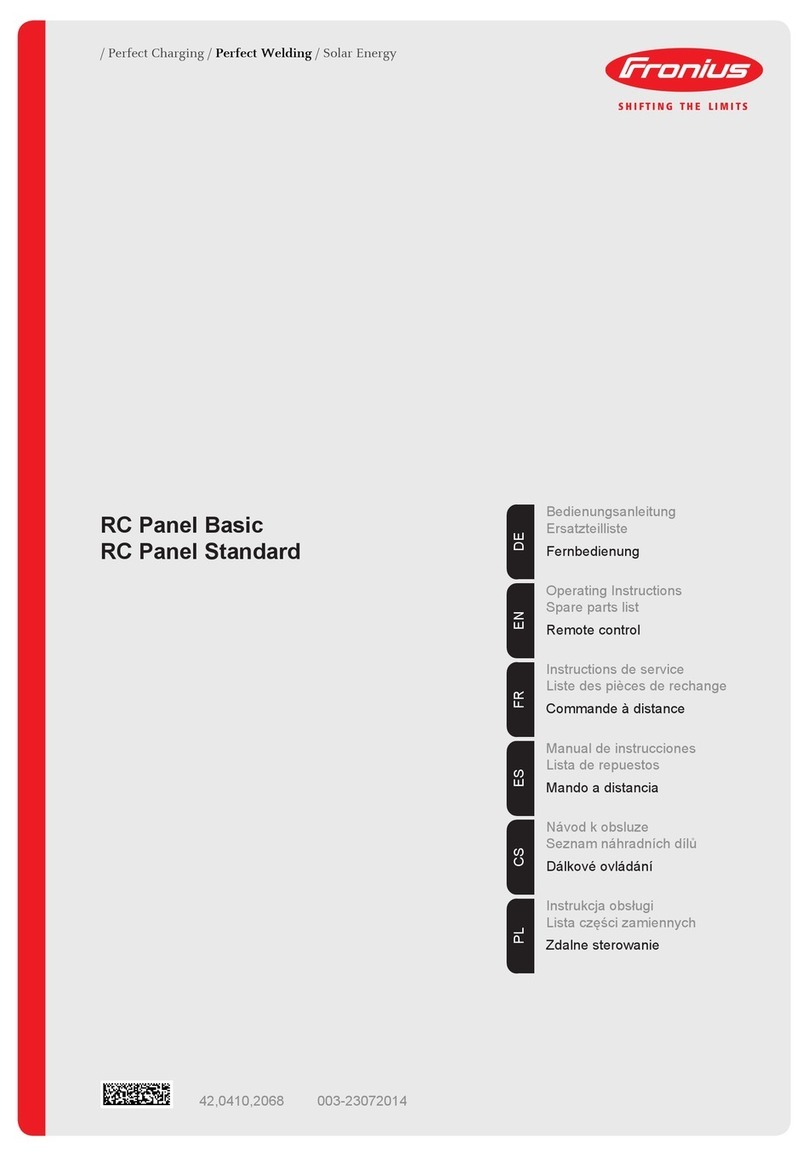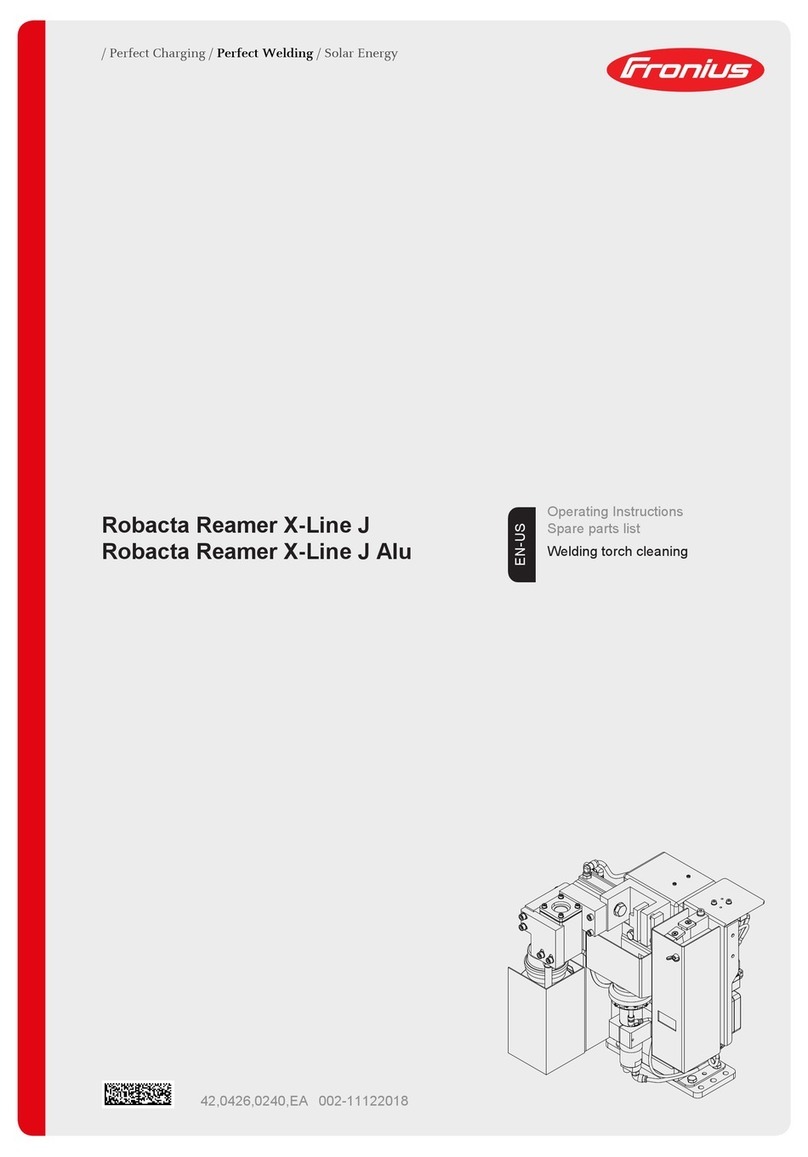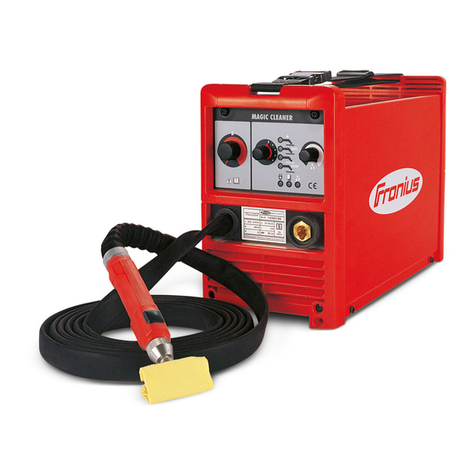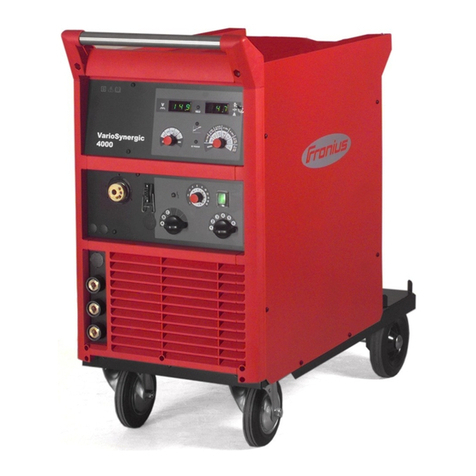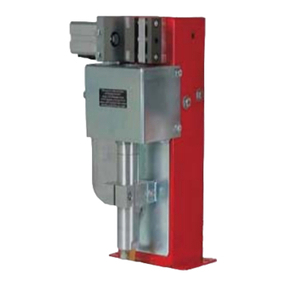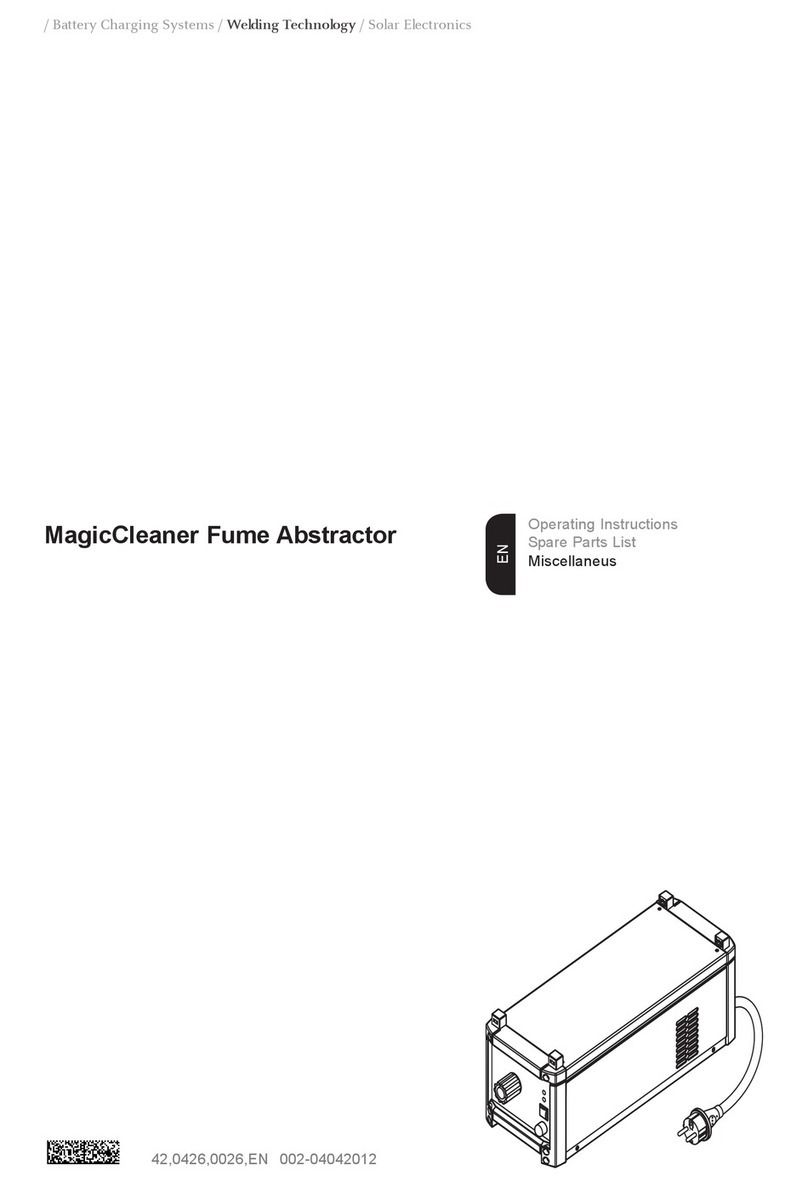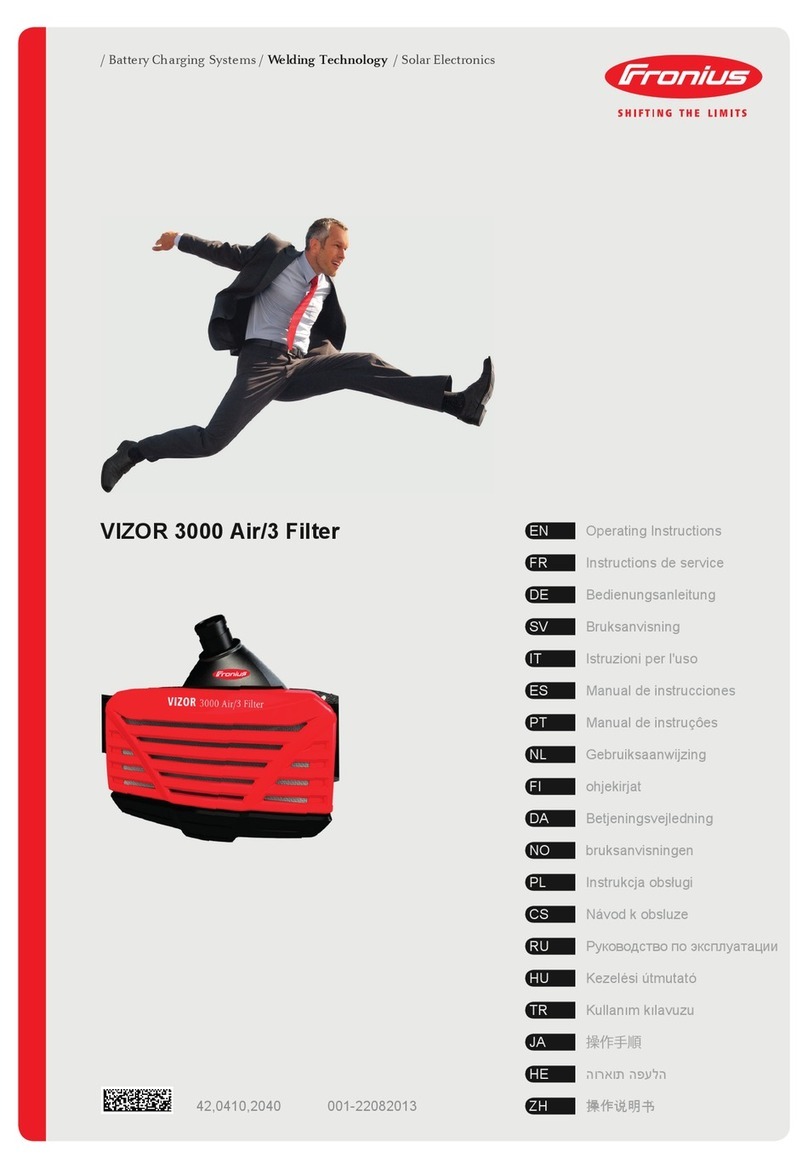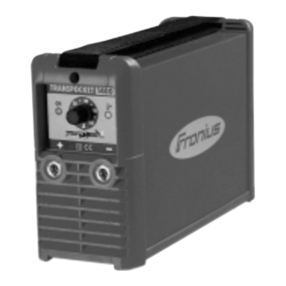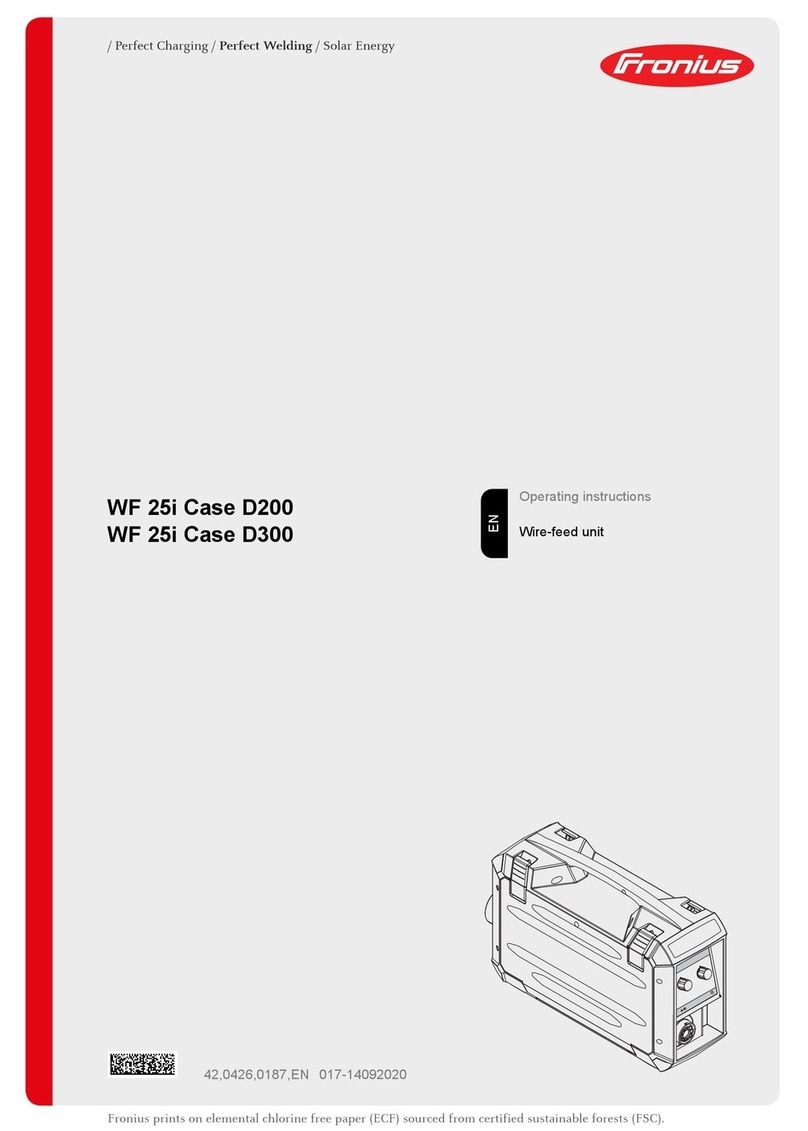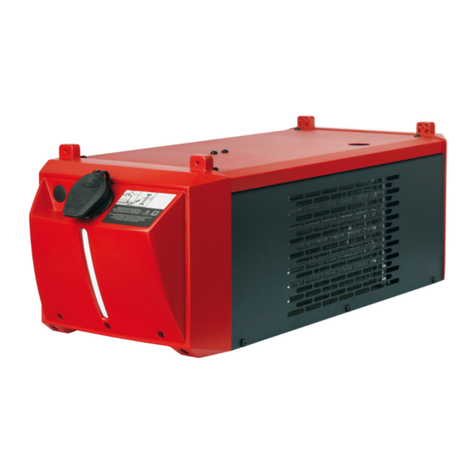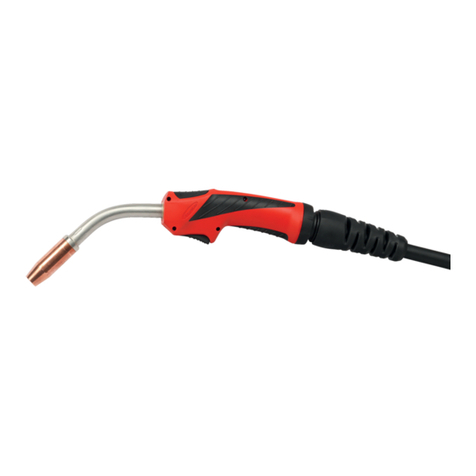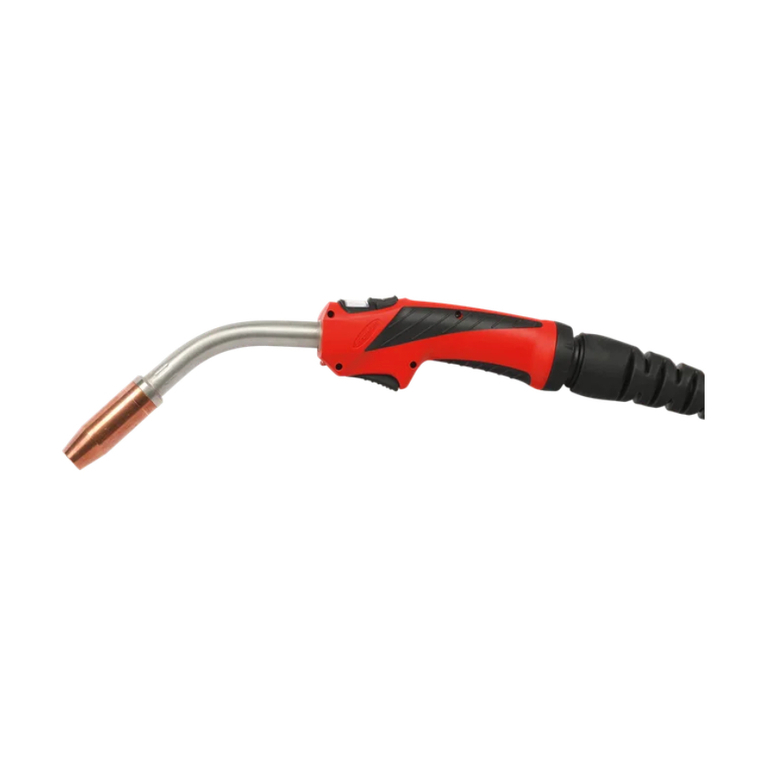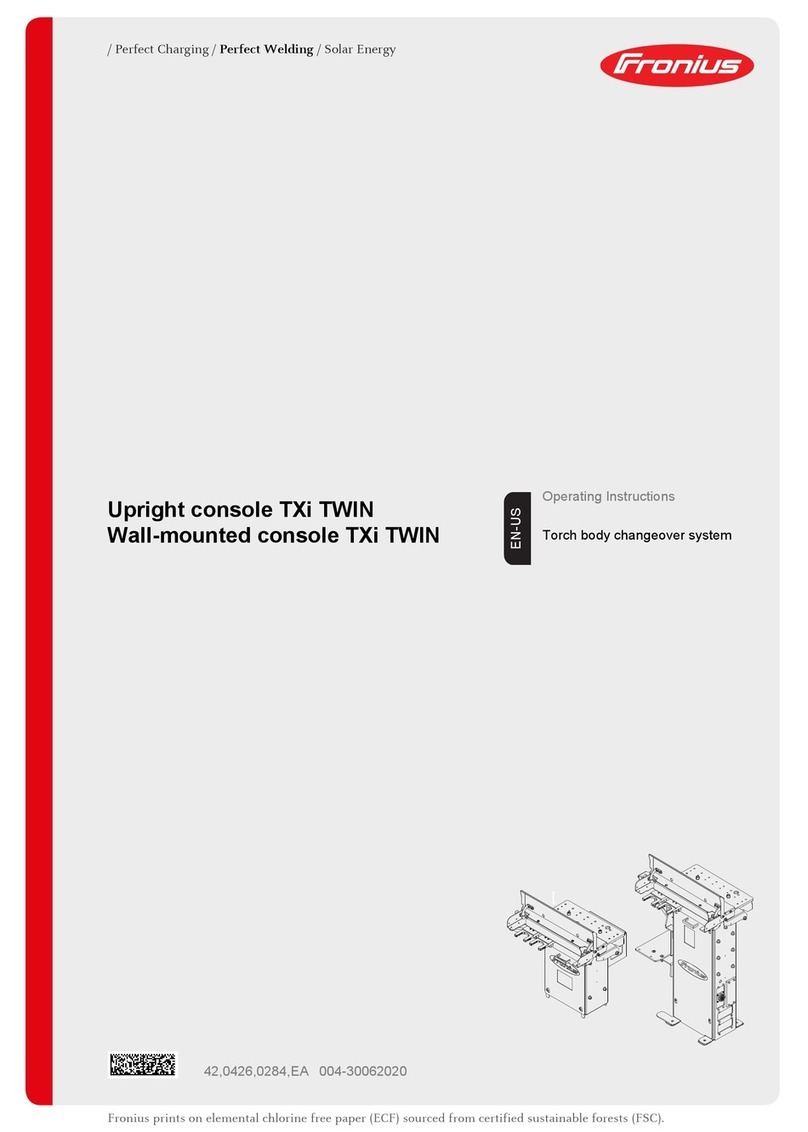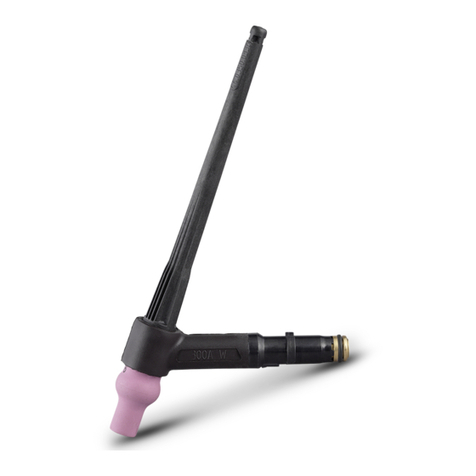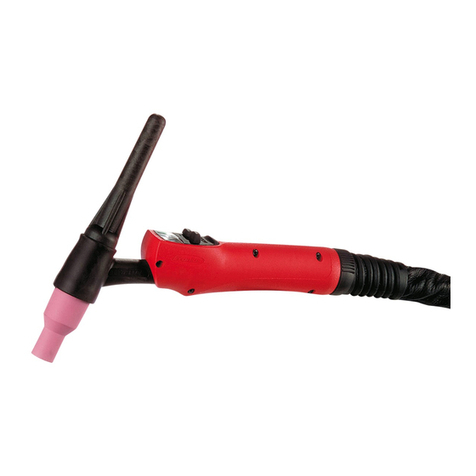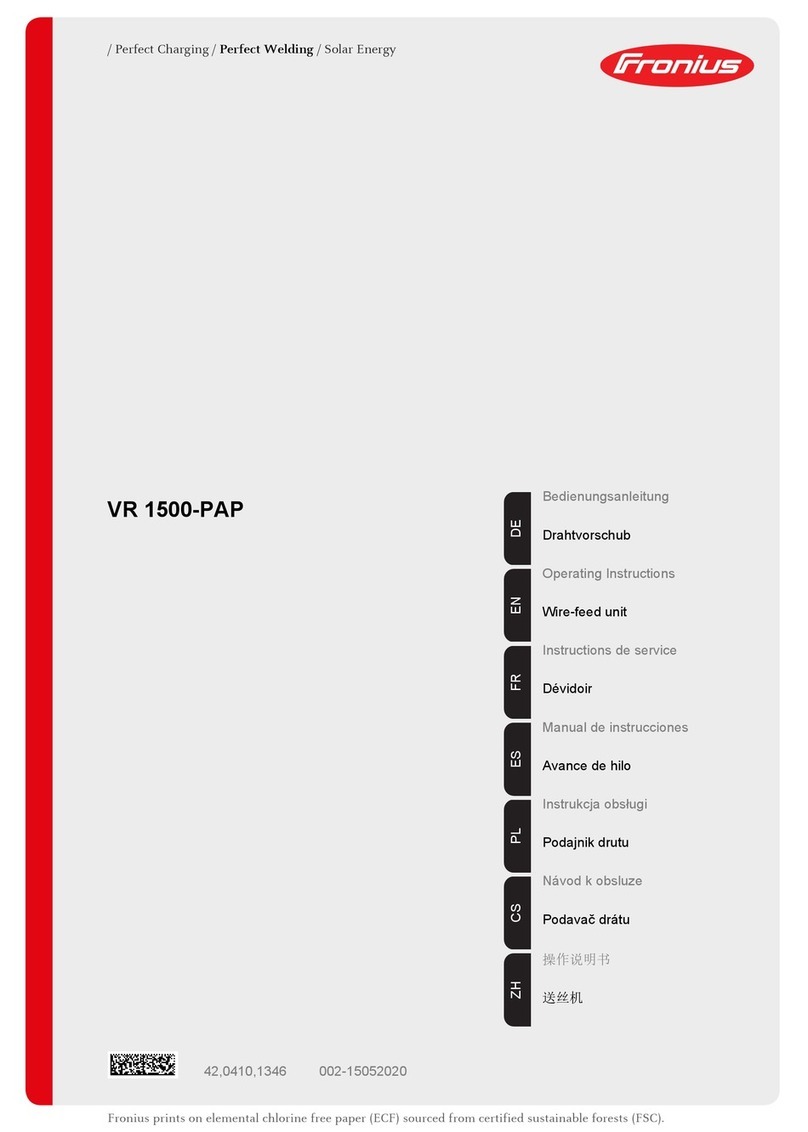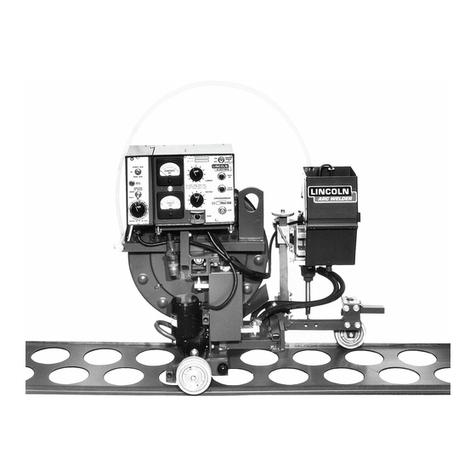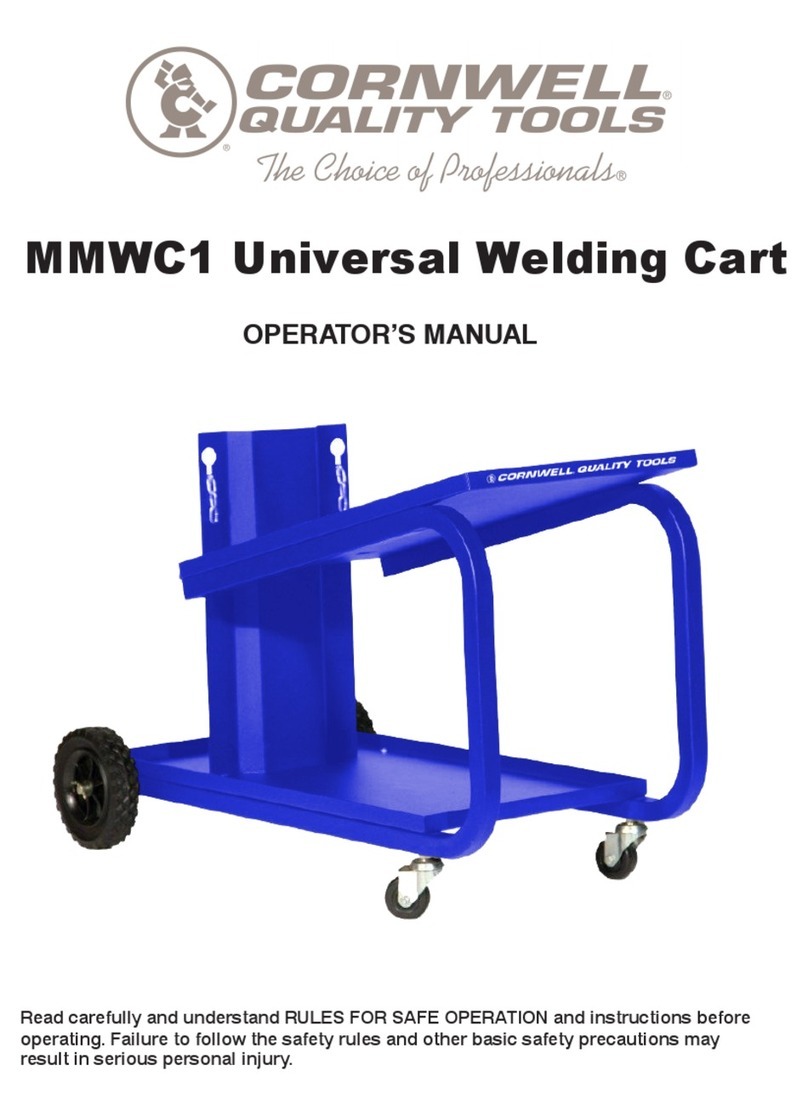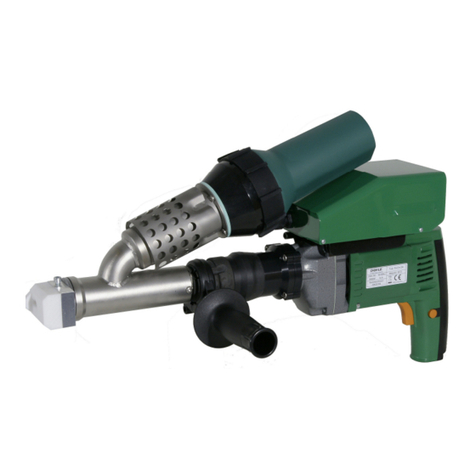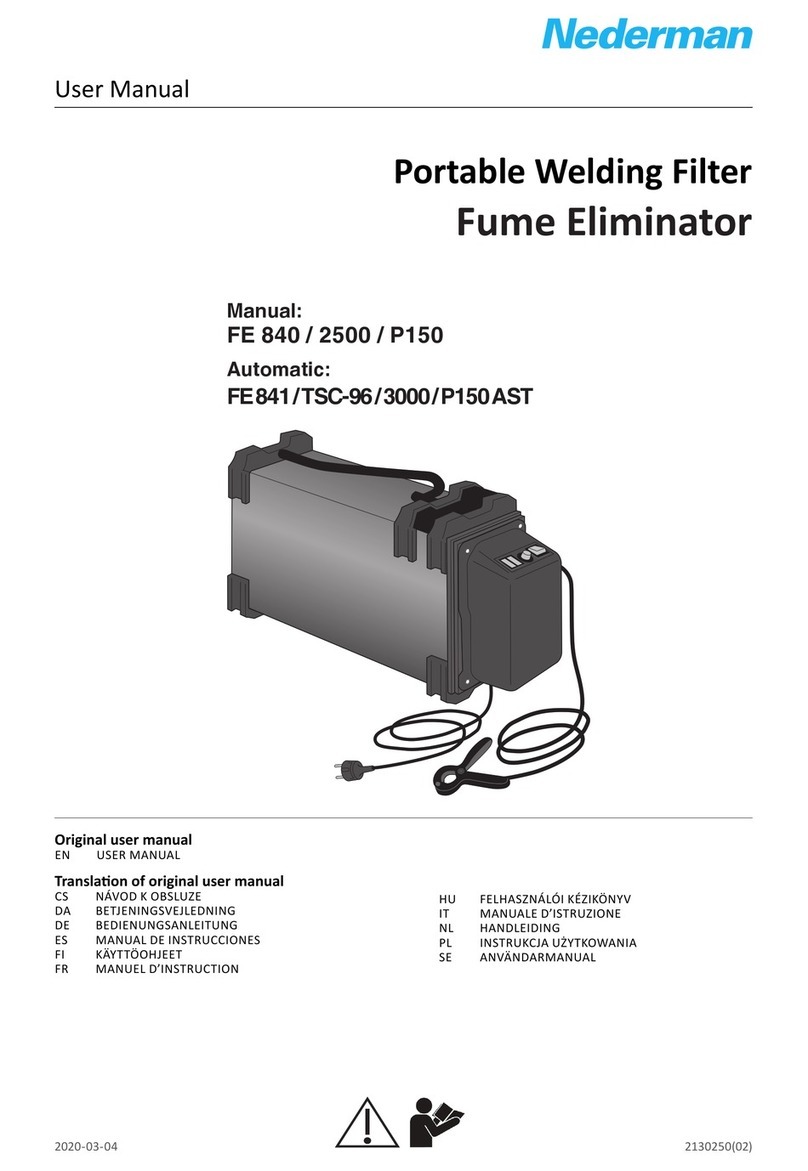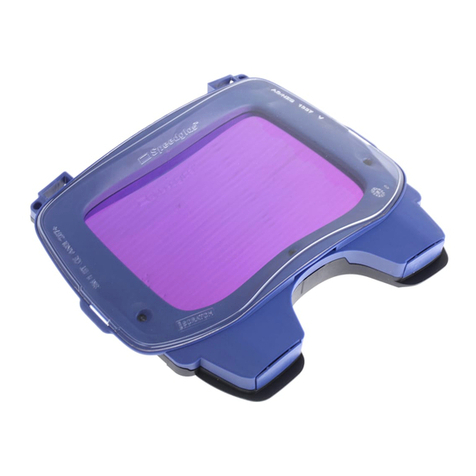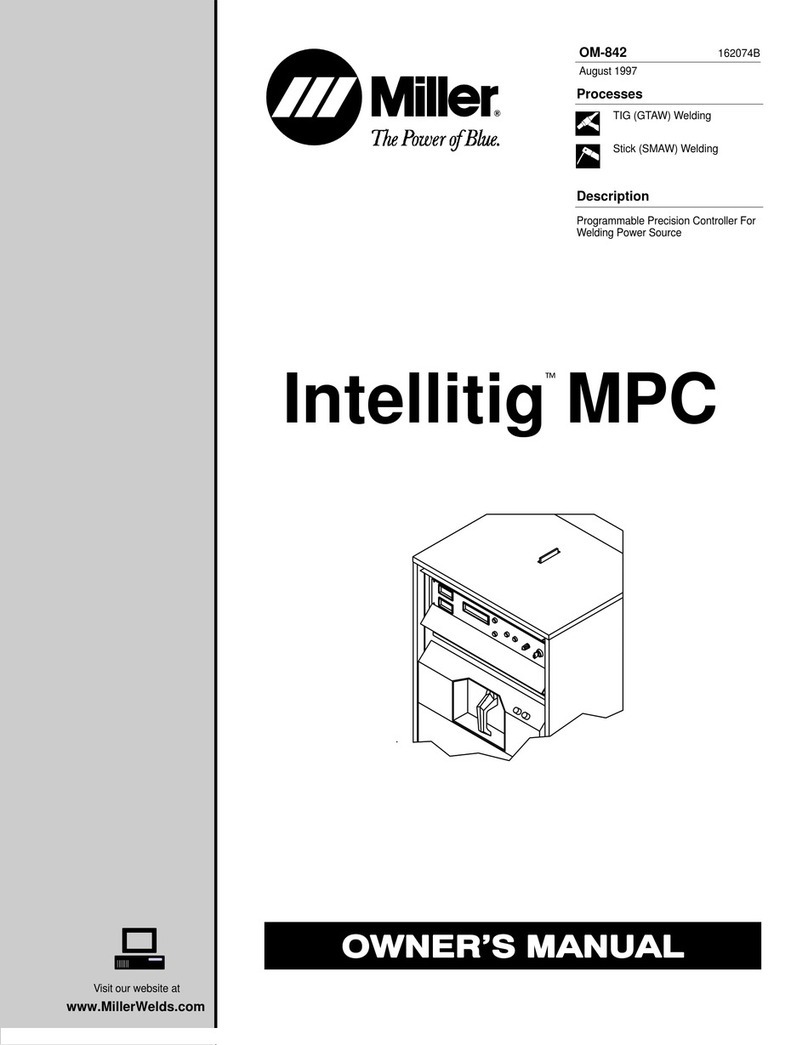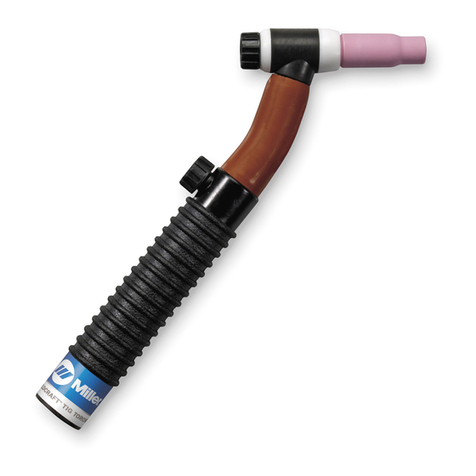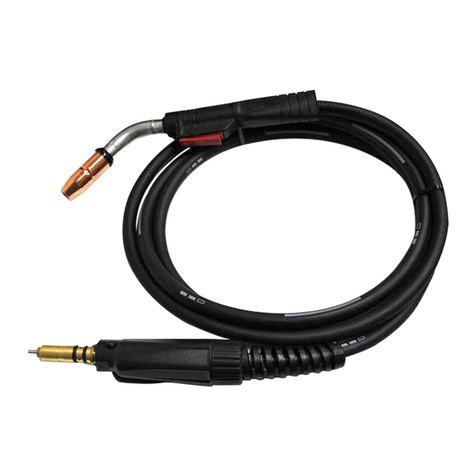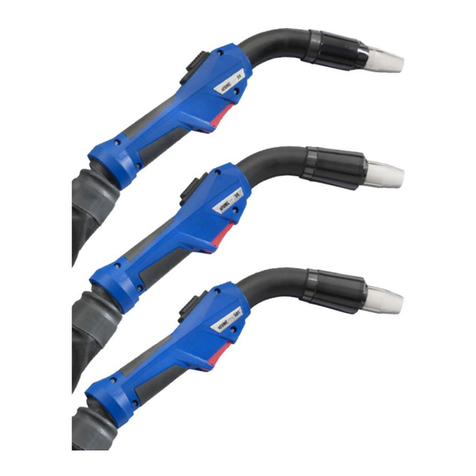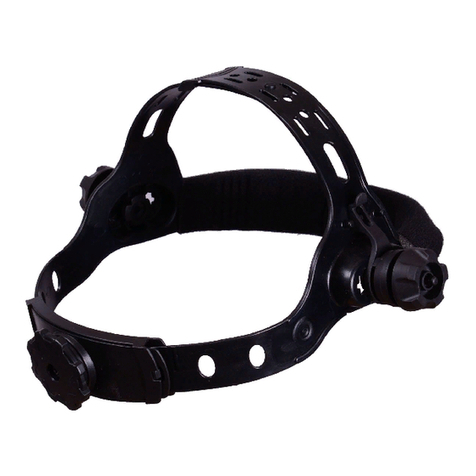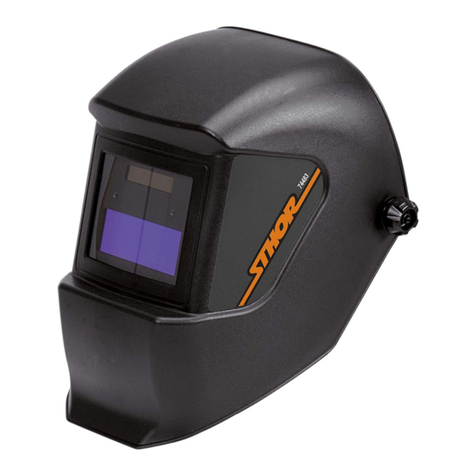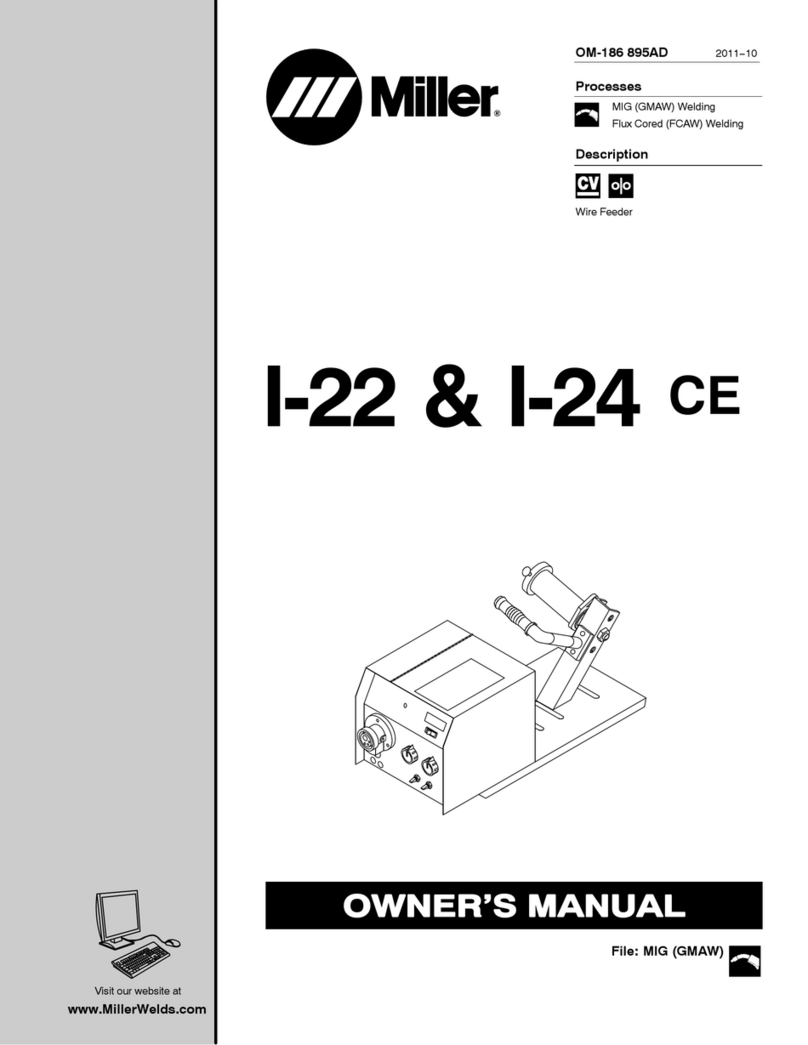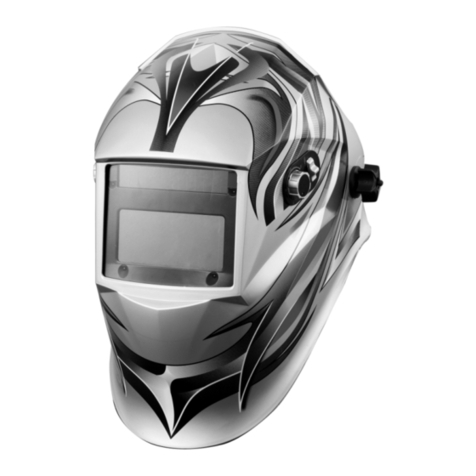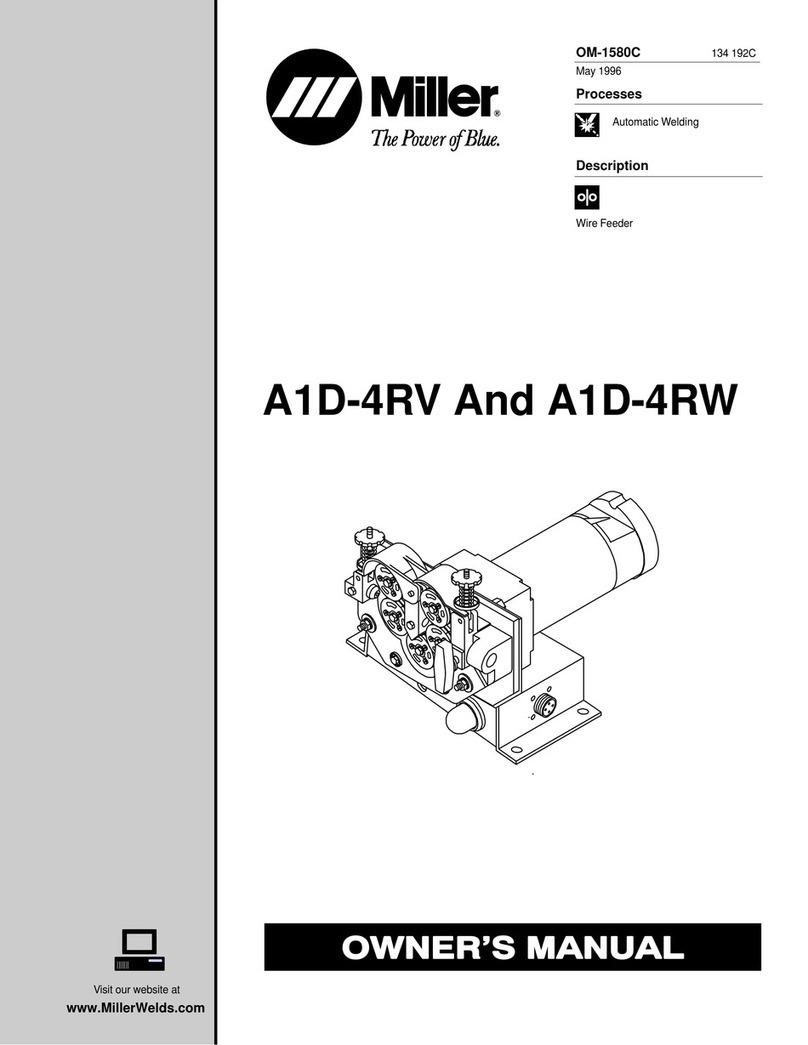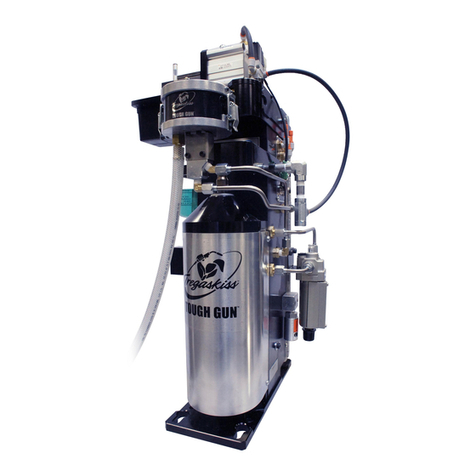
6
Description of the open weld heads 31
Scope of supply............................................................................................................................................. 33
Open weld head conguration ................................................................................................................. 33
Accessories ............................................................................................................................................. 33
Open weld head components........................................................................................................................ 35
FOH open weld head ............................................................................................................................... 35
Hosepack for FOH open weld head ......................................................................................................... 36
Controls and connections.............................................................................................................................. 37
Connections ............................................................................................................................................. 37
Controls for open weld head .................................................................................................................... 38
Welding position ............................................................................................................................................ 40
Welding position ....................................................................................................................................... 40
Commissioning 41
Starting up the open weld head..................................................................................................................... 43
Positioning the open weld head on the workpiece .................................................................................. 43
Setting the external wirefeed ................................................................................................................... 45
Threading the welding wire ..................................................................................................................... 47
Operation 49
Before welding............................................................................................................................................... 51
Safety ....................................................................................................................................................... 51
Checking the connections ........................................................................................................................ 51
Switching on the system components ..................................................................................................... 51
Selecting the type of orbital open weld head ........................................................................................... 52
Welding process ........................................................................................................................................... 53
Creating a program ................................................................................................................................. 53
Starting the welding process .................................................................................................................... 53
After the welding process ............................................................................................................................. 55
Removing the open weld head................................................................................................................. 55
Troubleshooting, maintenance and disposal 57
Troubleshooting............................................................................................................................................. 59
General..................................................................................................................................................... 59
Basic requirements for the system to work .............................................................................................. 59
Troubleshooting........................................................................................................................................ 59
Error messages in the system control unit .............................................................................................. 60
Error messages on the power source ..................................................................................................... 60
Maintenance.................................................................................................................................................. 61
Maintenance personnel............................................................................................................................ 61
Maintenance record ................................................................................................................................. 61
Maintenance intervals and procedures .................................................................................................... 61
Opening the welding head ....................................................................................................................... 62
Replacing the plastic coupling.................................................................................................................. 64
Technical data 65
Technical data ............................................................................................................................................... 67
Open weld head FOH 8-40 ...................................................................................................................... 67
Open weld head FOH 10-76 .................................................................................................................... 67
Open weld head FOH 20-114................................................................................................................... 67
Open weld head FOH 40-168 .................................................................................................................. 67
Orbital welding torch ................................................................................................................................ 67
FOH dimensions....................................................................................................................................... 68
Rating plates ............................................................................................................................................ 68
Environmental conditions ......................................................................................................................... 69

